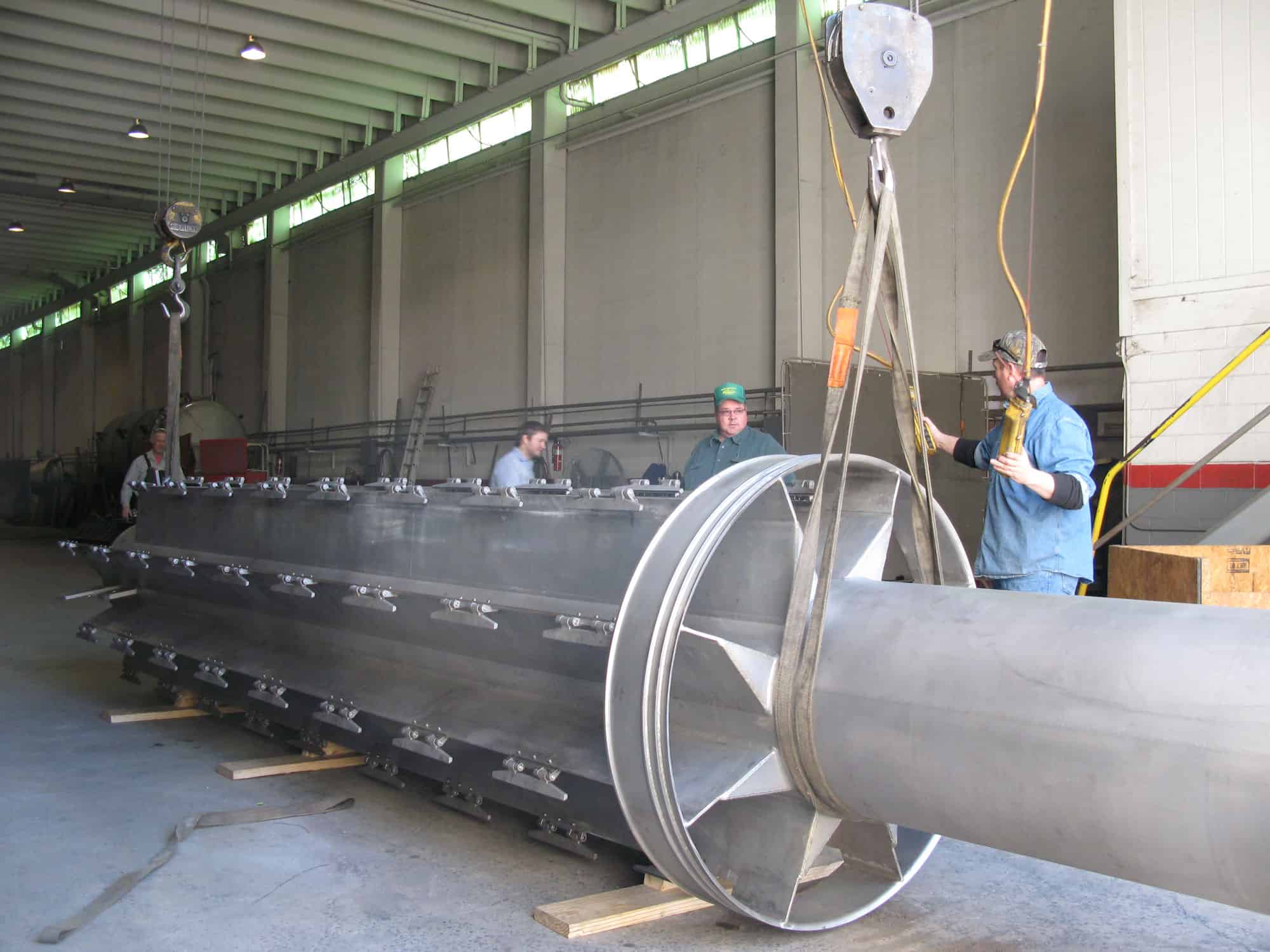

- Home
- Evaporation
- Thin Film Dryers
Thin Film Dryer Design Principles
Thin Film Dryer - Design Principles
LCI offers thin film dryers with the following design configurations.
Rotor Designs

- Pendulum Blade for solids-containing streams from which liquid must be evaporated or distilled
- Transported Flow provides positive transport for dried powder through the horizontal dryer and can be used to adjust residence time
Rotor Orientation
- Vertical configuration provides reliable, efficient processing of slurries, solutions, and suspensions to free-flowing powders.
- Horizontal designs are ideal for applications where longer residence times are required for mass transfer and reactions, or where headroom is limited. The longer residence time provides the ability to reach lower residual volatile levels.
Vapor Flow
- Countercurrent flow is recommended for most drying applications.